
Falling Marbles Press, 2025
A rebirth from the rubbish
Disgraced, deposed, and driven to the ‘underworld’ for the crime of political incorrectness, Harry Vanikin — formerly Professor Vanikin — has not left the London housing estate in which he hides for seven years. Even going so far as to cover up his windows, the seventy-year-old Vanikin lives the life of a discarded shadow, going about the motions of something called life and only occasionally visited by his sister, his tormenting nephew, and his fellow residents of the run-down housing project they call home. From these fellows, however, from these similarly mad and equally rejected beings, the ashes begin to stir, and a ray of hope appears for the man who once said: I tried to teach my students the truth; no one told me the truth was no longer wanted.
Vanikin in the Underworld is the story of the furthest down and possible redemption of an educator who can’t escape education.
* * *
Eurydice trod on a serpent as she fled, and died of its bite. But Orpheus boldly descended into Hades, hoping to fetch her back…
Robert Graves, The Greek Myths
Then you are not one of us? You are well, you are but a guest here, like Odysseus in the kingdom of the shades? You are bold indeed, thus to descend into these depths peopled by the vacant and the idle dead…
Descend, Herr Settembrini? I protest. I have climbed some five thousand feet to get here…
Thomas Mann, The Magic Mountain
Chapters
1. Inappropriate teaching methods
2. The fall of Mulciber
3. Estrella and the arriviste
4. In the TV room
5. Magda and the measuring man
6. Preparations for a royal visit
7. Queen and consort
8. I am everywhere else
9. Breakfast of champions
10. Time and the maiden
11. The wonders of the invisible world
12. The life and times of Jimmy-Shawn Pallis
13. School for vandals
14. Measure for measure
15. The follies of Pygmalion
16. In the antechamber
17. Europa after the rain
18. Dinner with Estrella
19. Of first and last editions
20. Let the games begin
21. Entry of the gladiators
22. Term time
23. A new printing
24. The book of the dead
25. The dinner party
- Inappropriate teaching methods
I dreamed last night I was being measured up for my burial suit. The odd thing was that I was still alive. That’s right. Some mincing little chaffinch with a tape-measure round his neck was feeling me up, chalking outlines on butcher paper, cocking his birdy head to one side while he looked at my scrawny 70-year-old old frame, and all to the end of making a suit to grace Harry Vanikin’s coffin, his lying in state. He didn’t say anything, but I knew. That’s one of the things about dreams that sets them apart from the waking life; however strange or other they might be, you always know what’s going on.
I say I had the dream last night but I meant when I was last asleep. The windows here are blacked out by big theatre curtains. It could be day or night. There used to be tiny ragged holes in the fabric, wounds from a moth invasion, and the daylight would announce itself through these tiny spaces, making it look like a knackered old planetarium. That’s what the ancient astronomers thought stars were, light getting in through a bloody great dome a few hundred miles above the earth. How do we know they were wrong? Everything else in the modern world is built on lies, why not the stars too? Make it all up, fabricate, weave and spin. I stuck black gaffer tape on the holes and now it’s as black in here as a crow’s heart.
I used to burn candles but I set fire to one of the walls and now the boy refuses to buy me any. So I switch on the electric light, the 40-watt bulb suddenly spewing out its pale yellow effusion. Not pale enough for Vanikin. I asked the boy if the shop did 20-watt bulbs, 10. Can you get a 1-watt bulb? Could you see by its light? Perhaps I should learn to feel my way around this haunted palace, like a blind man. Once, when the boy was sick, Estrella did my shopping and brought me back a light bulb that looked like it had been a prop in a Russian science fiction movie of the 1960s. Estrella, tall and gangling, with an anachronistic flapper’s face tending to the lengthy. The bulb was sculpted glass tubing and Estrella said it was energy efficient. Like all young people now, she is the conscience for an entire planet. When she had gone, I broke the monstrosity with the ball-peen hammer to see what was inside and waited for the boy to get well and buy me a proper bulb.
At the moment the boy is well. He rarely gets ill, but he is on the right side of puberty, untroubled by the itches and drives that arrive when poisonous hormones leak into the childish glands. He is, however, prey to the natural maladies of the young. I don’t know what time it is; watches and clocks simply sneer at you concerning your own mortality. When the boy comes I know it is morning. He is a part of the overworld and he has a mother to keep him on the temporal straight and narrow. His mother is called Manda. Not Amanda. Just Manda. I saw her once, peering in at my humble dwelling like a medieval courtesan gazing in wonder into a turf-cutter’s hovel. She lives with the boy in one of the other rooms. The boy has a similarly mutated modern name, but to me he is just the boy, a beacon of innocence in a world as rank as month-old cheese in a long-broken refrigerator.
The house has yet to come to life, so it must be early in the morning. The boy used to chatter away of his adventures in the overworld, and would give away clues as to the season. I forbade him ever to speak of it again. I carry enough of the infection from outside and I am here for the cure, to take the waters. Winter or summer, equinox or solstice; these climatic mood swings no longer concern me.
No. That’s a lie too far. You will become used to my lies, my swingeing embellishments and outright deceptions, but let’s not run before we can walk, or walk before we can crawl, or crawl before we have oozed from our mother’s great tented bellies. Of course I know the seasons even here, down here in the underworld. It is summer now. There is no need for the convection heater and the caretaker of the building in which I live has turned off the central heating. The caretaker is a man called Craig McCerrow and is one of the most frightening of God’s creations. God, or whoever runs this spiteful orb. But it is summer now.
Summer too when I first descended from the glare, down into the bowels searching for no Eurydice but the truth, or at least a truth. Supposing truth to be a woman, wrote Nietzsche, who slept with one woman in his life, who gave him syphilis, which drove him mad and left him in the Jena asylum for eleven years. Beware truth. Summer when I came here, seven summers ago, and in that seven years I have left this room for a period in excess of 24 hours once and once only. Of which more later.
Inappropriate teaching methods drove me here, or led me here (the distinction is a part of the purpose of my visit), and I have to say that is pretty rich coming from the gauleiters of the overworld. I taught inappropriately? In a world where pinheaded advertising executives spend Third-World-economy-sized amounts selling children plastic and rubber shoes endorsed by multi-millionaire hoodlums who made their own fortunes braying about violent sex acts and ballistic weapons, my teaching methods were inappropriate? In a world in which banks deemed too big to fail are paid to survive by money taken from the pockets of toilet cleaners and nurses before awarding their incompetent executives yearly bonuses outstripping the amount those same cleaners and nurses would need to live for as long as a dozen Roman empires to earn, my teaching methods were inappropriate? In a world in which women can become men and men women on the state’s ticket, children can view buggery at any hour of the day or night, screaming dervishes knife octogenarians as they queue for the bus, actors are asked about the world economy, simpering and large-breasted women lie about the weather to make themselves a fortune, shallow graves dot woodlands when men are done with their entertainments and no one is allowed to use the word ‘spastic’ even though it comes from the ancient Greek ‘spasmos’ which, meaning as it does ‘to tremble violently’, adequately describes the condition it used to stand for, and my teaching methods were inappropriate?
‘Mr Vanikin?’
Outside the door, the boy is here. I shuffle to the door and release the latch, tacky with age, and open the door an eye’s width, checking that this is not that dreadful sprite Adam, with his abilities, his mimicry and othernesses. It is not. It is the boy. I retreat back to the safety of my geriatric sofa, my large bald flannel dressing-gown’s train following like a sick dog.
The boy is about twelve but already tall. Christ knows what there is in food nowadays, but it’s not just the post-war boons I remember, iron and calcium and phosphates. Nowadays the junk they shovel down must be crammed with alchemised plant food, kerosene, plutonium. The boy is tall but not independent of limb like Estrella. He already has co-ordination and grace, a larval godling. His mop of curly hair falls over one hazel eye. He would have gone down handsomely in the Athenian square, fawned over by a gaggle of Socrates’ loquacious bum-chums.
Don’t worry; little boys are not what the young people call ‘my thing’. Christ alive, what do you do if you find out it is your thing? Lars, the middle-aged Danish laboratory worker who sometimes sits with me and brings me newspaper snippets from the world of men, like a paunchy Scandinavian Mercury, tells me there has been a spate of arrests of ‘celebrities’ over child abuse back in the days when men were all wearing Neanderthal sideburns and velvet jackets with landing-strip lapels. What actually happens on the day you discover that little girls – or little boys – are your thing? You are sitting on the tube train opposite a cherub. The swinging legs, the flash of tiny knicker cloth, the empathic pull in the sinews of the unruly member… Jesus, do you make straight for the nearest hospital, the nearest cop shop, or do you embrace your new vocation and head for darker infernal regions? Or are we, to use another phrase beloved of today’s academic grubs and pupae, just ‘ethnocentric’ about all this? African tribes and their child brides. Nine-year-old Aisha shepherded into a tent to meet the patiently waiting Mohammed.
The boy has come into the room and is standing tapping at his ever-present mobile telephone, the portal to elsewhere beloved of all modern youth.
‘What do you need today, Mr Vanikin?’
‘Um, the usual really’.
I hand him my list, a pathetic inventory in a crabbed hand. Harry Vanikin’s needs, strip-lit libations. The boy looks down at the meagre collection of items and pries loose the twenty-pound note carefully stapled to the torn strip of copier paper. He says,
‘Craig says the water’s got to go off today for two hours. Shall I fill the kettle right up?’
He’s a good boy. If the child is father to the man then the world has a treat coming its undeserving way. The boy will not grow up to be Craig, crackling with malice, finding his way into a job with people, I’m certain, because people are his sport. The water is always having to go off, the lights go out, the heating fade to tepid, so that gangs of mythical ‘workmen’ can tinker and prise. The block is like some great sick mastodon tended by pygmy veterinarians.
The boy has gone, striding down to Ahmed’s shop, and I am alone, or as alone as I can be. Vanikin in the underworld. Where were we? Ah, yes. Inappropriate teaching methods. I suppose it could have been worse. Socrates got the hemlock, Bruno, Wycliff and Savonarola the stake and the fire, looking down and hoping the breeze was ministering to the flames. The university simply made no fuss and paid me my pension before laying me off. Estrella tells me my book is no longer to be found in the library reference system. My book. So much to tell.
Another day in my circle. I rip off a puckered square of kitchen roll and evacuate my nose into it before looking down to view the outcome, a Kandinsky miniature in grey, green and red. My stomach, that aged coil of plumbing, is making small spiral noises, like tiny springs emerging from a captor mattress, and I must prepare porridge.
In the ‘kitchen’ – the square boarded off by prefabricated and hastily painted and wonky boards – I line up oats, salt, milk, a cup of water and sugar on the ugly Formica surface. I turn the hob to three. Hob; Anglo-Saxon word for the devil. Now, a circle of fire. Everything is present everywhere else; the human task is to sort it into piles that make sense.
I make porridge exactly the same way my father did, the big bearded man who was as good to me as he knew how to be. Porridge must not be a swimming gruel, but neither must it be industrial adhesive. It should exist betwixt and between the two extremes, like we poor ape-angels. As I carry the bowl back into the central space and the retired sofa, I realise I must not have slept at all well.
2. The fall of Mulciber
Just as every version of the underworld has its guardian or attendant devil, infernal factotum or dog of three heads, so too Europa House has Craig McCerrow. There he is now, shirtlessly grappling with some ancient lead fixture in the sweltering boiler room deep in the basement. His upper body is a patchwork quilt of tattoos, some professionally applied and some of more home-made provenance. They record past dalliances, the names of Craig’s awful sociopathic children, tribal affiliations in the world of association football, nationalistic aspiration, and mythical creatures, zombie overlords and full-breasted, broadsword-wielding vixens. Craig’s mental life is correspondingly crammed and chaotic, but he is grateful for the job of resident caretaker at Europa House.
Indeed, the job was a godsend. Craig had had quite enough of his regular employment as doorman of various risk-laden speakeasies across the city. He had been stabbed and shanked, shivved and striped too many times to justify the money and drugs he received in payment for plying his precarious trade, and the caretaker’s role allowed him to exercise power without the accompanying perils of the order of clientele to which he had become used. His biography presented here is a composite work, for which I must note the reportage of residents Lars, Declan, Ricky Rick and Mrs. Podolski, who together form a sort of BBC World Service concerning the happenings at Europa House.
I dread Craig. On the few occasions he had been inside my cubicle here at the House I had cringed in the corner while he attended to trip switch or faulty tap, and he seemed exactly what he was, a dreadful man in a city of dreadful men. There is an order of being which seems to take place, to take its place, in a parallel dimension to that in which we, the weak and frail and fallible, live and breathe and have our being. To see Craig McCerrow, his sleeveless shirt showing enough of the hinterland of his squamously illustrated body to indicate his likely passage through life thus far, is to see a type of hell.
Now, he has simply turned off the water to the entire block to attend to some dysfunction in the ancient plumbing. Alerted by the boy, I have filled saucepans and the kettle and the old tin pail for my ablutions. Two hours was mentioned, but Craig keeps to no earthly temporal calibration. Once he turned off the electricity for an afternoon but was persuaded by one of his appalling coterie of friends to go on a three-day drink and drug field exercise, and Europa House remained plunged in darkness for the duration.
As I accept that it is the morning, I must prepare for my day. I heat water in my kettle, testing the great orange gas container with the ball-peen hammer to see how much remains. We are all of us hooked up to these containers, and Craig replaces them for a stipendiary fee when they expire. There is no working gas supply system at Europa House, a fact which exercises the gangling Estrella. She, like most of her generation, is well versed on her rights, and claims that the contraptions which Craig has rigged up in each of our battery cells (the original house has been divided and divided again to provide more hutches for the inhabitants) contravene various Health and Safety commandments. I wouldn’t know about that, although I do know that the last representative from the council to visit Europa House was so menaced by Craig that he had to take a month’s sick leave from his place of work. That awful hobgoblin Bertie Spedding told me that. Bertie Spedding, the Mercury of bad news and sniffer of ill winds.
My water ready in the singing kettle, I fill the basin, select a flannel (one of two, royal blue and washing-machine grey) and begin to soap and valet the various cracks and orifices of my awful old body. The body, writes Plato. A shadow which keeps us company. I can’t have a bath because the bath has a crack in it like lightning-split timber. It also has about a hundredweight of academic papers, newspapers, notepads dense with my scrawl, coverless books. Research, you see, for my next book, the follow up to my university-banned and universally unread debut. More later.
With my cleansed frame snugly inside my billowing dressing gown once more, I sit and read, transported to wherever today’s book (the first of many) will take me. Reading is life to me, the phrases, ideas, concepts, new words and formulations all pouring into the old Vanikin head like wine into a cracked gourd. I would rather be a notepad for the sayings of great men, writes the pugnacious Julius Caesar, than be a great man myself. Some time later, I rest my book on the frayed elbow of the sofa’s arm-rest as I hear the light tappity-tap on my door which announces the arrival of Lars and the news.
Lars is a bald and shiny-domed Dane who was once a laboratory assistant before retirement drew him to the dubious environs of Europa House. He eschewed a return to the Norse land of his fathers on the grounds that it was now overrun by Mohammedans to an extent that not even the sleeping Holger Danske (the giant but currently comatose defender of the Danish people) could ever counter. He and I sit washed by my pale bulb, and Lars will tell me of affairs in the wider world, carefully préçising the main currents of activity before expanding on one or two stories which have caught the attention of his enquiring Scandinavian mind, and dutifully omitting to tell me the date.
Lars sits in my guest’s chair, a sort of faux Regency throne with elegantly curved dark wood legs and the look of a creature with nocturnal habits all its own. Tufts of old horse-hair from a nag long dead protrude at intervals.
Lars speaks perfect English, retaining the slightly clipped tunefulness of his native land. His round-up of current affairs confirms the movements we all know to be taking place outside the ramparts of Europa House, as the world outside marches slowly but resolutely towards a second dark age, a sort of anti-Enlightenment. Money is still acting like an insane woman in the market square, all matted hair and flung excrement. Politicians still parade and speechify, like street vendors in the last minutes of Pompeii. The young still rule the streets while the old stay indoors praying to gods who are themselves frightened. Motor cars still tear around culling the population, television still holds a nation in its mesmeric grip, and it has not rained for eleven days in a row. I make tea.
Lars and I sip at our hot brew as the amiable Dane begins a circumspect tour of what counts these days for news. News. The media. These old shades are part of the reason I fell from the heavenly ramparts of academia and landed here. I think of Milton’s Mulciber in Paradise Lost, one of Satan’s angels pushed (by Michael, if memory is a good and faithful servant) over heaven’s battlements to fall to earth in a leafy forest, a descent which took a full day.
We are fallen too. Crashing to earth where we sit huddled in a damp, loamy forest to be told tales by various spirits of the wood who do not have our well-being in mind. Inappropriate teaching methods. I tried to teach my students the truth; no one had told me that the truth was no longer wanted. Think of Orwell, lanky, pencil-moustachioed, public-school George with his fags and his TB. In a time of universal deceit, telling the truth is a revolutionary act. Vanikin the revolutionary, Vanikin in a beret, bearded and chomping a cigar. I told them that Media Studies, the degree for which so many of them clamoured like ducklings at the water’s edge, was a waste of time. Media studies was what you did in your own time. Media studies was just reading the papers and watching television. University education should be more than a breakfast-time habit tenured. Inappropriate teaching methods.
Lars is summing up the state of world affairs. But we all know where the world is heading. It’s heading here, to join exiled Vanikin in the underworld. The world outside my retired theatre curtains was a rickety pier full of whizzing circus rides with the nuts and bolts all loosened and the lights off when I last trod the boards. I tremble to think what it has become since I groped my way below stairs, but I suspect that if I were to re-emerge from my dank and Gyprocced chrysalis this very day, I would not walk out into a second Renaissance.
It’s consciousness, you see. Nietzsche called the brain our last and least developed organ, and he was right, poor mad syphilitic old Friedrich. Giving consciousness to homo sapiens was like giving the Large Hadron Collider (and there Lars did hold my attention) to a saloon bar full of association football aficionados. There was the Renaissance, of course, but it was hardly general issue. A Milanese peasant born the day Fra Angelico was born and breathing his final rasping breath, a rare octogenarian, the day Uccello passed away would in all probability have lived his entire span without setting eyes on a framed painting. A frame was what you grew your turnips in. The Renaissance, the Enlightenment, modernism; these were mostly things that happened to other folk, the folk on the hill. The majority of the world’s population went on much as before while Michelangelo was creating his wonders, dirt under the nails and trying not to get killed by their neighbours. My tea is cold, and Lars has finished his report.
I bid Lars a fond farewell in his native Danish. Farvel. It more or less exhausts my knowledge of that jolly-sounding language, and sounds to me like a minor character from a Dickens novel. Little Farvel. Dickens, with his mad hair and social conscience. I feel vaguely unclean after being sprayed with the ordure of the outside world, and I head for my bath tub. I retrieve something soothing and recline on the buggered sofa, wondering who the house will throw at me next.
Europa House was built at the start of the 1960s, and so has no exterior charm and resembles a hybrid of an East German tax office and a giant lock-up by a ring road. As mentioned, the original spacious apartments have been cordoned and sub-divided and partitioned to produce the current human hen-house, and I am merely one lonely occupant among many. A surprising proportion of the inhabitants are, by any reasonable usage of the phrase, clinically insane (I am one), but there are gems amid the chaos. Part sanctuary for the disenfranchised, part asylum, part dormitory, part ghost train, Europa House has been my abode these seven years since my public disgrace and defenestration. After the fall, this is my pandemonium.
No one came to see me as I cleared my office at the university. To associate with Vanikin was to be on McCarthy’s black list, in the FBI’s little black book, marked down for a Leninist show trial. I had become toxic, a pariah or pharmakos or scapegoat. And so for seven years I have wandered in the desert of myself, apart from the ways of men…
A small drum-roll at my hollow door. The boy has returned with my provisions. I trust him with my pension, giving him a small stipendiary consideration of which I suspect Manda would not approve. All modern mothers believe that all elderly men are sexual predators with their offspring squarely in the crosshairs. The danger, however, lurks elsewhere. Mentally and intellectually, the peril starts when teacher arrives with her curriculum of anti-life skills. Outside the school gates, meanwhile, the drug dealers lurk.
The boy, as always, leaves two gossamer-thin carrier bags outside my warped front door, and I retrieve them like a laboratory rat snatching at a food pellet.
Tinned fruit, tinned meat, cordial, tea, milk, biscuits, porridge oats. Ahmed’s prices are reasonable, and I have purchased enough to keep a sub-Saharan family for most of a week. I have modest requirements; such is the life of the fallen angel, the outcast scowling back at the city of the sun, the civitas solis.

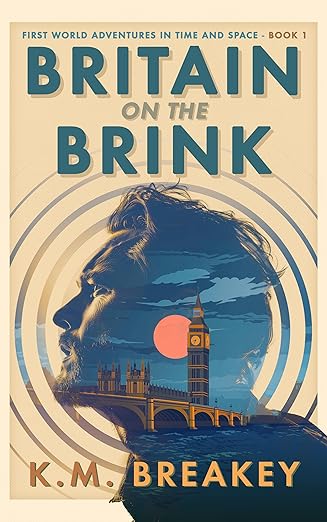 K.M. Breakey
K.M. Breakey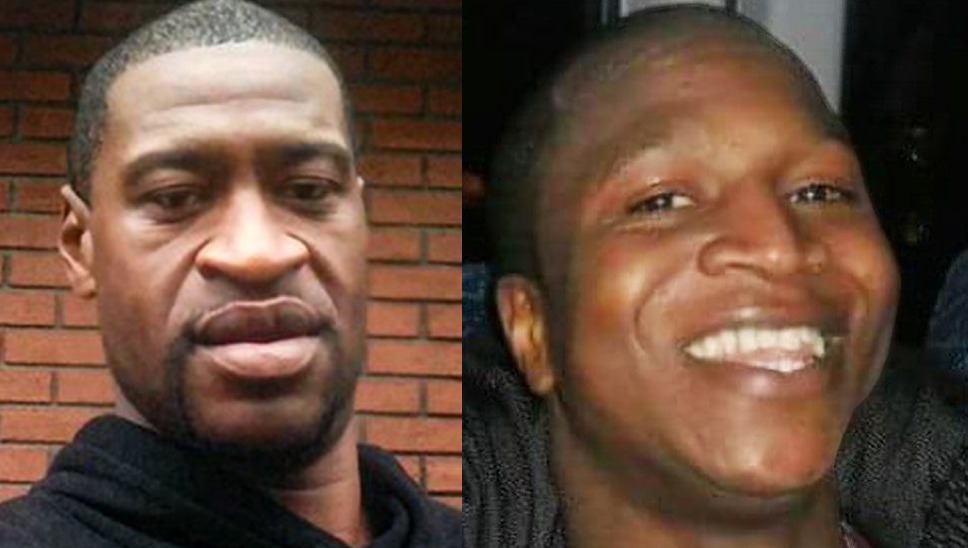 Two thuggish Black criminals, two manufactured martyrs: George Floyd and Sheku Bayoh
Two thuggish Black criminals, two manufactured martyrs: George Floyd and Sheku Bayoh Hannah Lavery (second right) “
Hannah Lavery (second right) “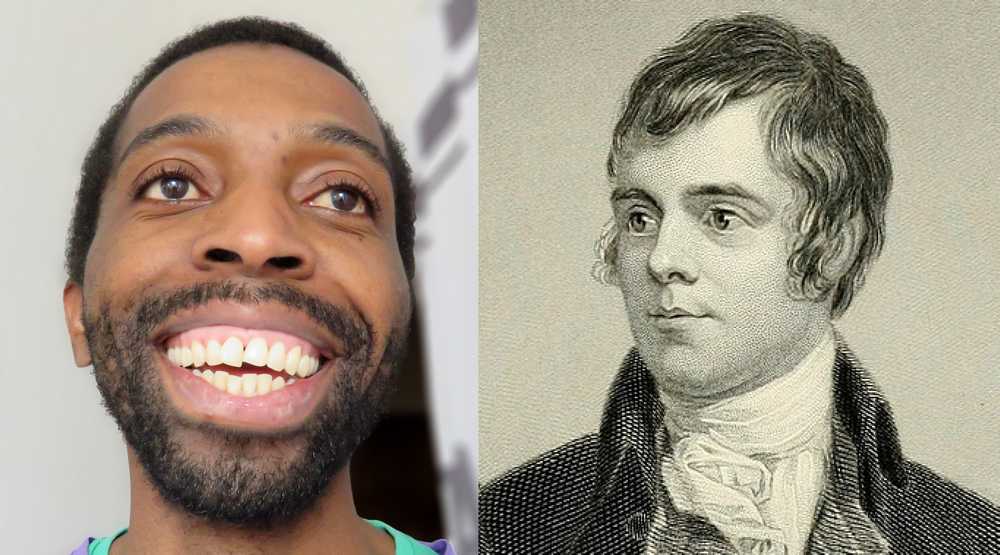 New poet and true poet: the Black Zimbabwean Tawona Sitholè and the White Scot Rabbie Burns
New poet and true poet: the Black Zimbabwean Tawona Sitholè and the White Scot Rabbie Burns
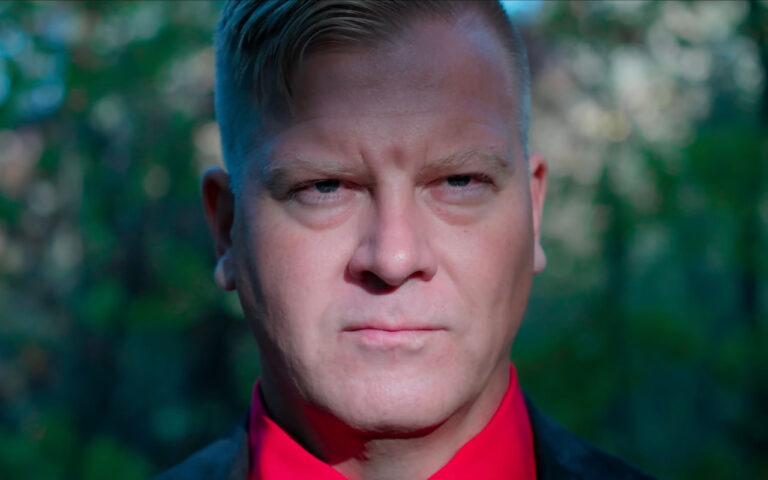
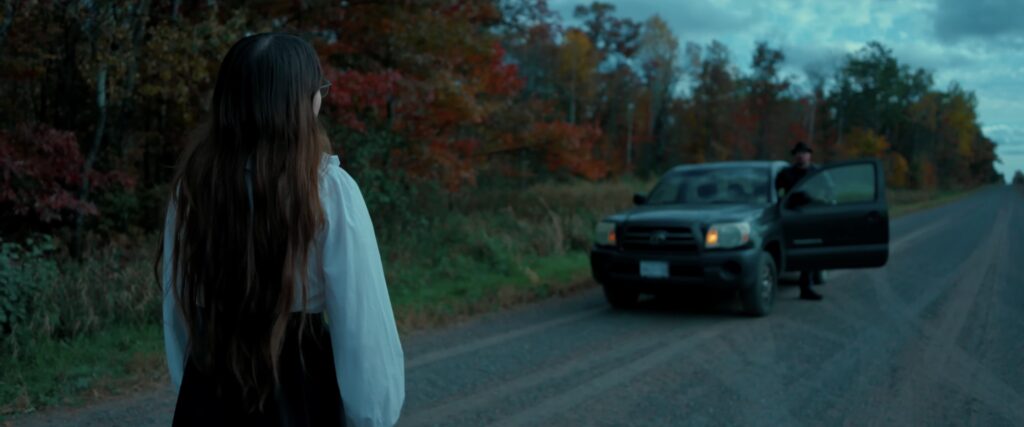

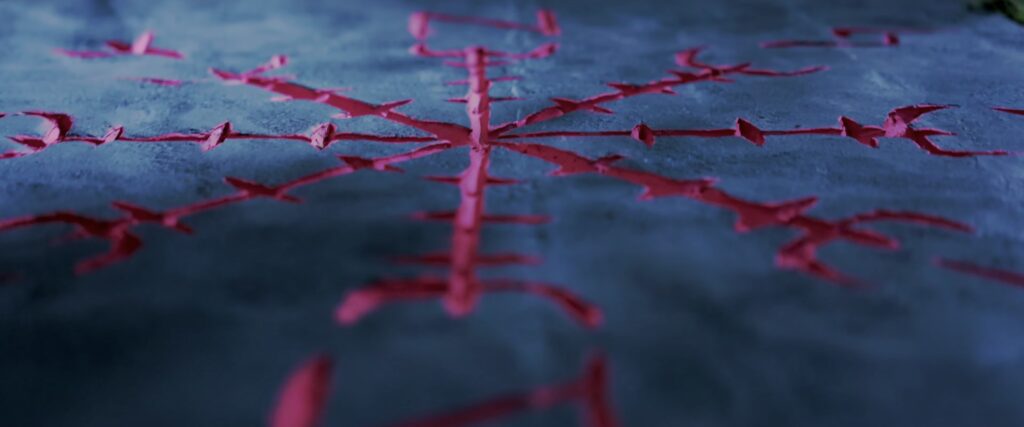

 Winged in a wheelchair: Rosemary Sutcliff and her most famous book
Winged in a wheelchair: Rosemary Sutcliff and her most famous book Nietzsche says “Nein!” to Marx
Nietzsche says “Nein!” to Marx Alien faces, alien races: Rosemary Sutcliff was not writing for non-British children like these (
Alien faces, alien races: Rosemary Sutcliff was not writing for non-British children like these (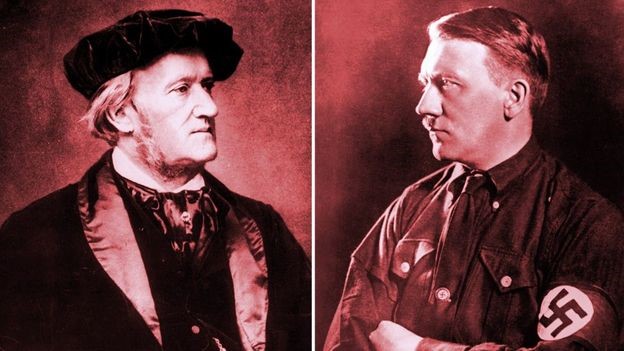
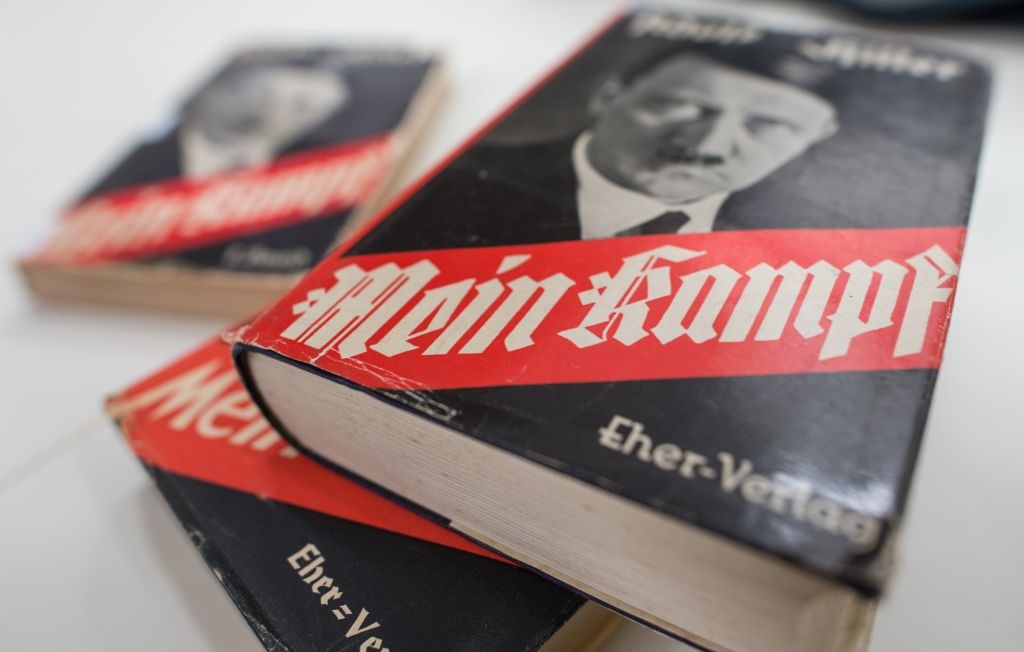
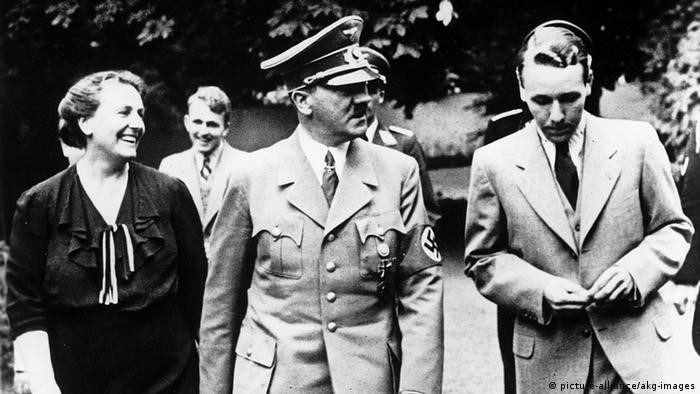 Wagner’s grandson and daughter-in-law with Hitler
Wagner’s grandson and daughter-in-law with Hitler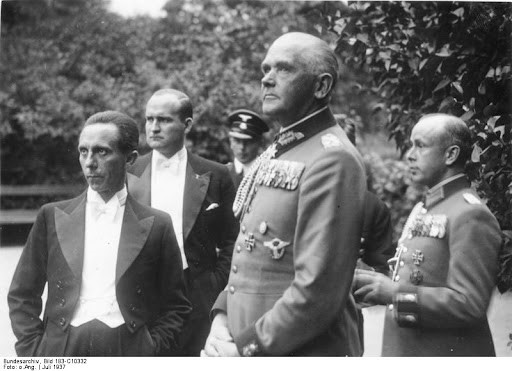 Joseph Goebbels attending the Bayreuth Festival in 1937
Joseph Goebbels attending the Bayreuth Festival in 1937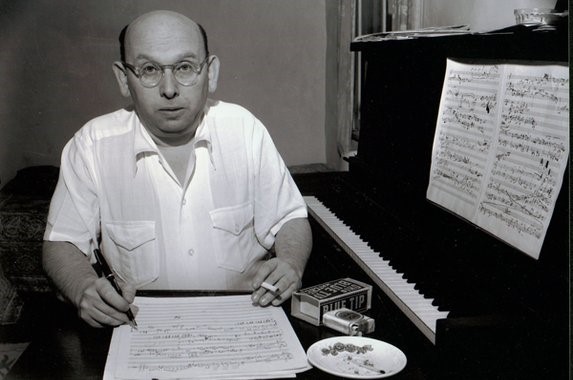 Jewish communist composer Hanns Eisler
Jewish communist composer Hanns Eisler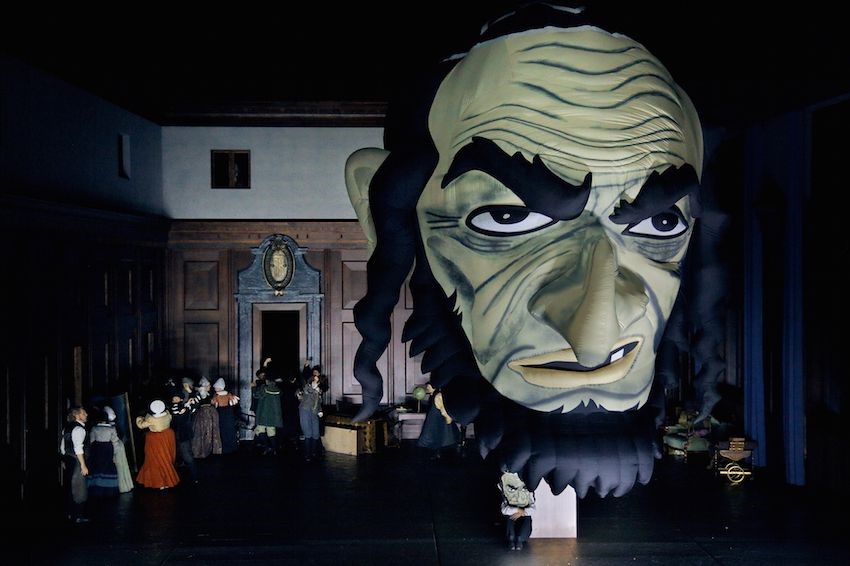
 Jewish Opera director Barrie Kosky
Jewish Opera director Barrie Kosky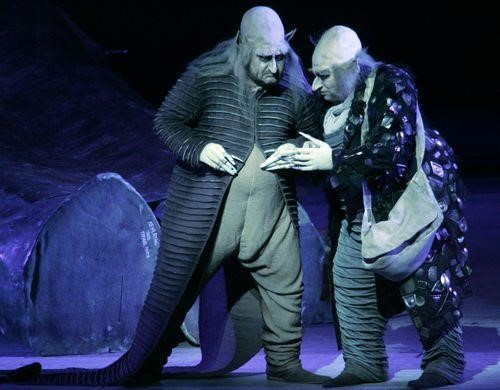
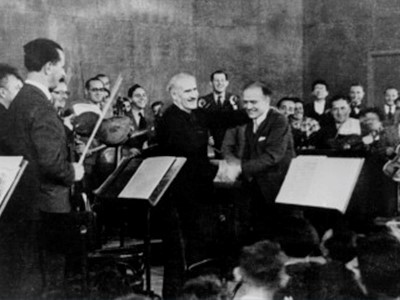 Arturo Toscanini with the Palestine Symphony Orchestra
Arturo Toscanini with the Palestine Symphony Orchestra


